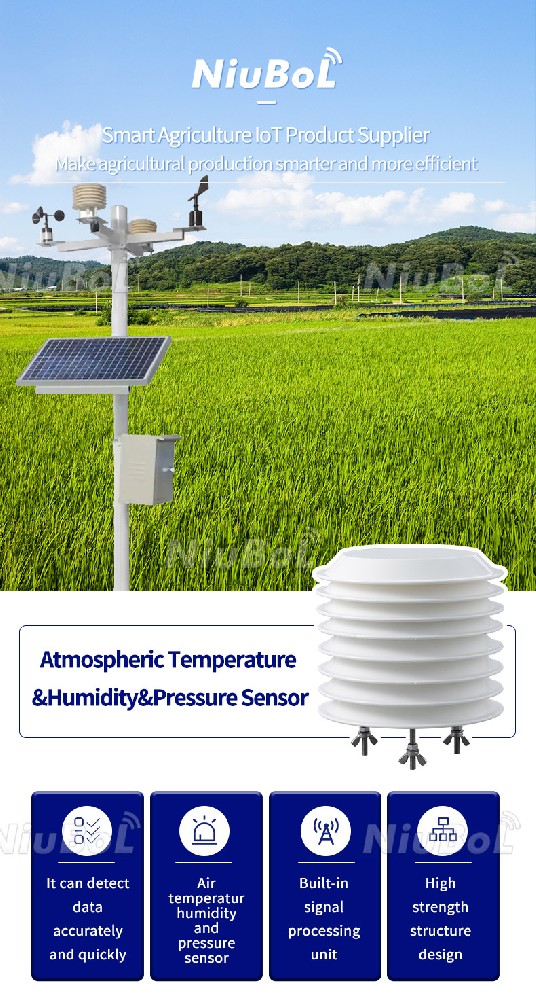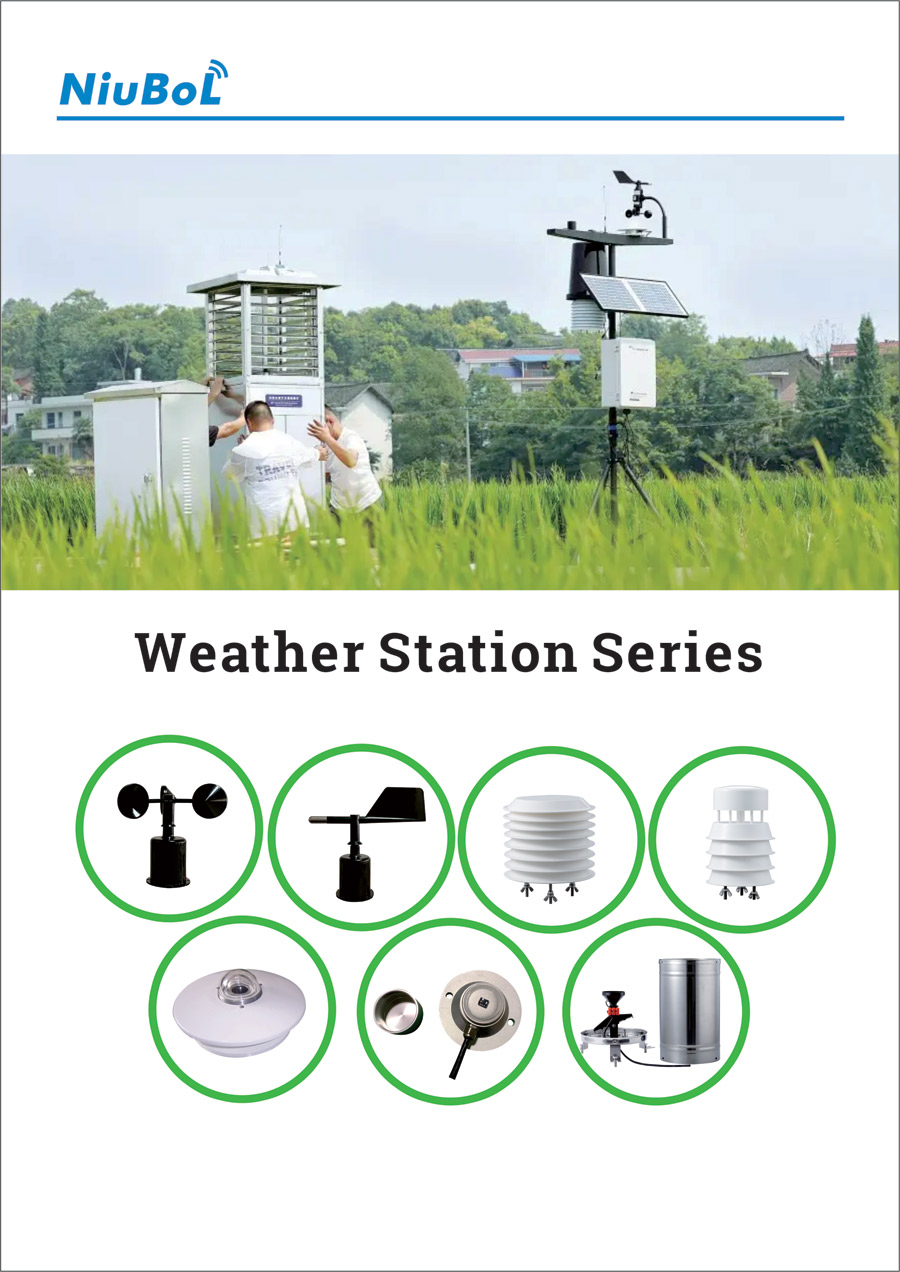

— Blogs —
—Products—
 Consumer hotline +8618073152920
Consumer hotline +8618073152920 WhatsApp:+8615367865107
Address:Room 102, District D, Houhu Industrial Park, Yuelu District, Changsha City, Hunan Province, China
Product knowledge
Time:2023-08-12 08:57:29 Popularity:801
Rice is one of the most important food crops globally and the major production areas are widely distributed. The following are the major production sites of rice in the world:
China: China is the largest rice-producing country in the world, accounting for nearly 30 per cent of total global production. The provinces of Jiangsu, Hunan, Anhui and Guangxi are the main rice growing areas in China.

India: India is the second largest rice producer in the world, accounting for about 20 per cent of total global production. West Bengal, Andhra Pradesh and Tamil Nadu are the major rice growing areas in India.
Indonesia: Indonesia is the third largest rice producer in the world, accounting for about 9 per cent of the total global production. The islands of Java and Sumatra are the main rice growing areas in Indonesia.
Bangladesh: Bangladesh is the fourth largest rice producer in the world, accounting for about 7 per cent of total global production. The country's agriculture is mainly based on rice cultivation, and the vast Ganges-Brahmaputra plains are the main rice-growing areas in Bangladesh.
Vietnam: Vietnam is the fifth largest rice producer in the world, accounting for about 5 per cent of total global production. The Red River Delta and Mekong Delta are the major rice growing areas in Vietnam.
In addition, other important rice producers include Thailand, Brazil, the Philippines, Japan, and the United States. Globally, rice is mainly concentrated in the Asian region, which is also due to the favourable climatic and soil conditions in the region that promote the growth of rice.
Weather stations and agricultural sensors are two important tools when it comes to meteorological monitoring and data collection for rice cultivation.

Weather Station : A weather station is a device used to monitor and record meteorological conditions. It usually consists of several sensors, temperature sensors, humidity sensors, rainfall sensors, wind speed sensors, wind direction sensors, sunshine sensors, and other weather sensors. For rice cultivation, weather stations provide critical meteorological data to help farmers understand and respond to the environmental conditions required at different stages of growth. This data can be used to make decisions such as planting plans, fertiliser and irrigation programmes, and pest control measures.
Weather stations play an important role in rice cultivation. The need and value of weather stations in rice cultivation are described below:
Temperature and sunshine: rice is a warm season crop with high requirements for temperature and sunshine. Weather stations can provide accurate temperature and sunshine data to help farmers rationally arrange the growth cycle of rice, select suitable varieties and planting time.

Rainfall and humidity: Rice has a high demand for water and needs suitable rainfall and humidity conditions. Weather stations can monitor real-time data on rainfall and soil moisture to help farmers make decisions on irrigation and drainage, ensuring that rice receives sufficient water to avoid flooding and drought.
Wind speed and direction: Wind has a greater impact on rice fields during rice growth. Moderate winds can promote ventilation and heat dissipation in rice and help prevent the development of pests and diseases; however, strong winds may cause rice to collapse and reduce yields. Weather stations can provide data on wind speed and direction to help farmers develop strategies for wind damage control.
Early warning of pests and diseases: Weather stations can monitor the impact of weather conditions on pests and diseases and combine historical data and models to make predictions and early warnings. By getting early warning information, farmers can take timely control measures to reduce losses caused by pests and diseases.
Agricultural Sensors: In rice cultivation, a variety of sensors can be used to monitor key parameters such as soil moisture, soil temperature, and light intensity. By installing sensors in the field plots or farmland, farmers can get real-time access to changes in the soil and environment so that they can take timely and appropriate farming measures. For example, soil moisture sensors can tell farmers when to irrigate to ensure water supply for rice; soil temperature sensors can help farmers determine the appropriate time for sowing; and light intensity sensors can help farmers optimise shading measures in the field.

Agricultural sensors, on the other hand, provide farmers with more specific and accurate guidance and decision support by monitoring soil and environmental parameters in real time. The application of these tools can increase rice yields, improve quality, and help farmers address challenges such as climate change.
In summary, weather stations and agricultural sensors are valuable for rice cultivation. By monitoring and recording meteorological data, farmers can better understand the changes in environmental conditions during the growth of rice, reasonably adjust farming activities, reduce production risks, and improve rice yield and quality. At the same time, weather stations can also provide valuable data support to agricultural managers, governments and scientific research institutions, providing a scientific basis for agricultural development and decision-making.
Prev:Automatic weather monitoring stations provide farmers with accurate weather information
Next:Use of agro-weather stations can help chilli growers make better management and decisions
Related recommendations
Sensors & Weather Stations Catalog
Agriculture Sensors and Weather Stations Catalog-NiuBoL.pdf
Weather Stations Catalog-NiuBoL.pdf
Related products
 Combined air temperature and relative humidity sensor
Combined air temperature and relative humidity sensor Soil Moisture Temperature sensor for irrigation
Soil Moisture Temperature sensor for irrigation Soil pH sensor RS485 soil Testing instrument soil ph meter for agriculture
Soil pH sensor RS485 soil Testing instrument soil ph meter for agriculture Wind Speed sensor Output Modbus/RS485/Analog/0-5V/4-20mA
Wind Speed sensor Output Modbus/RS485/Analog/0-5V/4-20mA Tipping bucket rain gauge for weather monitoring auto rainfall sensor RS485/Outdoor/stainless steel
Tipping bucket rain gauge for weather monitoring auto rainfall sensor RS485/Outdoor/stainless steel Pyranometer Solar Radiation Sensor 4-20mA/RS485
Pyranometer Solar Radiation Sensor 4-20mA/RS485
Screenshot, WhatsApp to identify the QR code
WhatsApp number:+8615367865107
(Click on WhatsApp to copy and add friends)